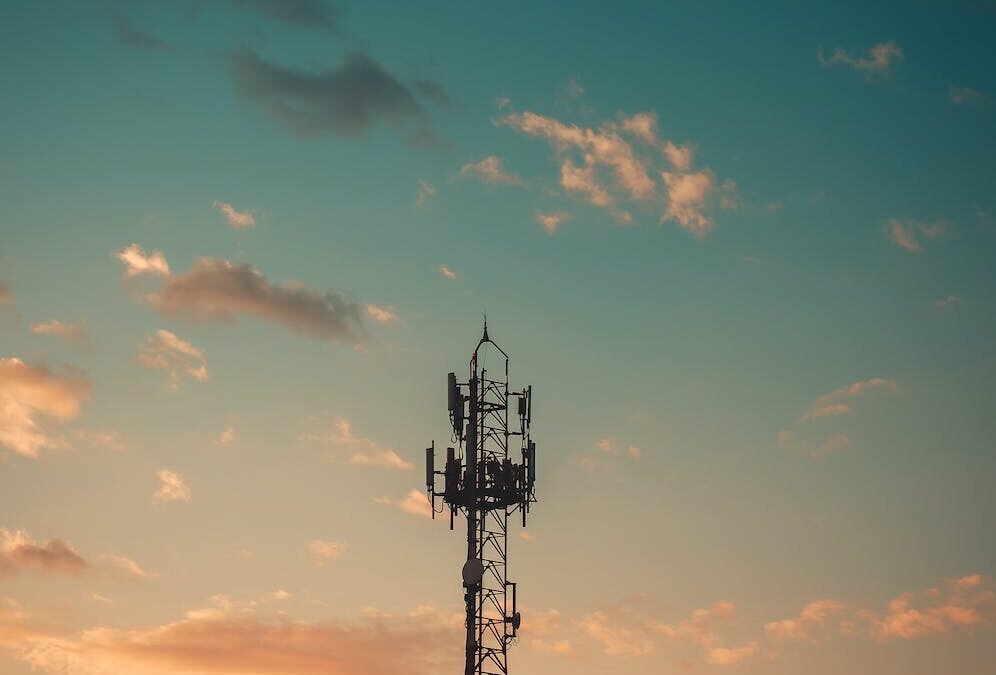MIMO (Multiple Input Multiple Output) is a wireless communication technology that uses multiple antennas at both the transmitter and receiver to increase the performance of a wireless system. It is a powerful technique that has been widely adopted in wireless communication standards such as Wi-Fi, LTE, and 5G. In this article, we will discuss the benefits of MIMO and its different iterations.
Benefits of MIMO:
- Increased Capacity: One of the primary benefits of MIMO is its ability to increase the capacity of a wireless network. With MIMO, multiple data streams can be transmitted simultaneously, allowing for more data to be transferred at once. This is achieved by exploiting the spatial diversity of the wireless channel.
- Improved Reliability: MIMO can also improve the reliability of a wireless system. The use of multiple antennas at both the transmitter and receiver reduces the impact of fading, which is a major cause of errors in wireless communication. By using multiple antennas, MIMO can provide redundancy, which improves the reliability of the wireless system.
- Better Coverage: MIMO can also improve the coverage of a wireless system. With multiple antennas, MIMO can create multiple signal paths, which can help overcome obstacles and improve coverage in areas with weak signals.
- Increased Spectral Efficiency: MIMO can increase the spectral efficiency of a wireless system by allowing for multiple data streams to be transmitted in the same frequency band simultaneously. This can improve the overall data rate of the wireless system.
Different Iterations of MIMO:
- SIMO (Single Input Multiple Output): SIMO is a MIMO system that uses a single antenna at the transmitter and multiple antennas at the receiver. SIMO can improve the reliability and coverage of a wireless system, but it does not provide the increased capacity or spectral efficiency of other MIMO systems.
- MISO (Multiple Input Single Output): MISO is a MIMO system that uses multiple antennas at the transmitter and a single antenna at the receiver. MISO can provide increased capacity and spectral efficiency, but it does not provide the reliability or coverage benefits of other MIMO systems.
- TISO (Time Independent Single Output): TISO is a MIMO system that uses multiple antennas at the transmitter and a single antenna at the receiver, but it uses a different time-frequency channel for each antenna. TISO can provide increased capacity and spectral efficiency, but it is more complex than other MIMO systems.
- MIMO-OFDM (Orthogonal Frequency Division Multiplexing): MIMO-OFDM is a MIMO system that uses OFDM modulation to transmit multiple data streams in parallel. MIMO-OFDM is widely used in wireless communication standards such as Wi-Fi, LTE, and 5G, and it provides significant improvements in capacity and spectral efficiency.
- Massive MIMO: Massive MIMO is a MIMO system that uses a large number of antennas at both the transmitter and receiver. Massive MIMO can provide significant improvements in capacity and spectral efficiency, as well as improved coverage and reliability. Massive MIMO is a key technology for 5G networks and beyond.
MIMO is a powerful wireless communication technology that provides significant benefits in terms of capacity, reliability, coverage, and spectral efficiency. Its different iterations, such as SIMO, MISO, TISO, MIMO-OFDM, and Massive MIMO, provide various benefits and are used in different wireless communication standards. With the ongoing development of 5G networks and beyond, MIMO will continue to play a critical role in the future of wireless communication.

